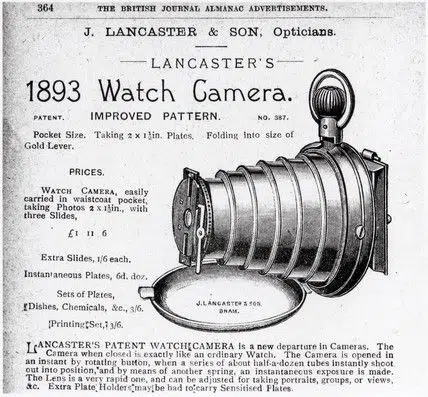
Q: How many quantum computer coders does it take to change lightbulb?
A: Both none and one at the same time. (Reddit)
The battle for quantum supremacy ended in 2019. As history shows, sometimes the “mop up” takes longer than the battle. As of today, quantum computing’s journey from laboratory has not developed a discernable pace. That makes it a great case for technology assessment.
When Google in 2019 claimed quantum supremacy – that its computer based on quantum qubits could outperform classical machines — IBM and others challenged that notion. No surprise there.
But, at the sme time, the rush of breathless announcements subsided. The quantum research army went back to lab work – that is, creating algorithms and solving problems of error correction, reproducibility, quantum mechanical entanglement and much more.
The answer to ‘how’s it going?’ is the same here as in the clogged-up paint shop in an old Detroit auto factory: “We’re working on it.”
Cryptography, materials science, logistics and operations are often cited as near-term targets. Some work is beginning using the relatively meager amount of qubits at hand.
The roadmaps of the Honeywells, IBMs and Googles suggest continuing incremental steps forward over this decade, not just in science labs but also in technology applications.
The fact is that the people in the quantum business are resolved to pursue the necessary and incremental steps, and that the industries that could be affected are watching closely enough so as not to be blindsided when quantum computing sees the light of day.
Quantum computing hardware will need to advance before commercial value is achieved, but in the meantime, some new software trailing in the wake of research work may creep into commercial use ahead of that day. – Jack Vaughan
Recent story
Gartner advises tech leaders to prep for action as quantum computing spreads – VentureBeat

